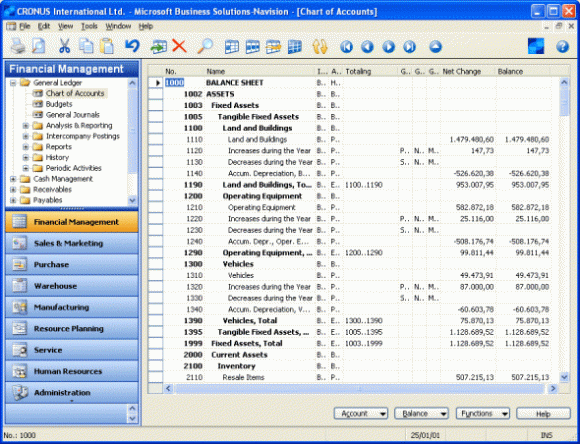Microsoft Dynamics NAV has been instrumental in facilitating business operations for those who cannot invest in Dynamics AX. The platform’s flexibility has empowered businesses to enhance productivity and efficiency at a reasonable cost. Initially, many NAV setups operated as stand-alone or were privately hosted. However, with the advent of Business Central, there has been a paradigm shift in leveraging the power of the cloud under a Software as a Service (SaaS) model.
As we approach January 2024, the End of Life for NAV signals a need for strategic planning. The cessation of updates raises concerns about compliance and the urgency to migrate to a more secure and modern solution. The existing data sets may be extensive, customizations intricate, and integration complex. Conversations with customers reveal a preference for on-premise ERP solutions due to minimal costs, yet challenges arise in embracing contemporary AI-driven solutions.
The critical question revolves around choosing between maintaining an outdated and potentially risky core business system or transitioning to a modern, AI-enabled alternative. Microsoft Business Central emerges as a primary contender, especially since NAV and Business Central share the same development platform and many business practices. The decision seems logical with Business Central’s maturity, robustness, and tested extensions.
Planning for migration requires a well-thought-out strategy. Evaluating the business strategy is crucial, aligning new system workflows, and ensuring data backup are essential steps. Engaging with reliable business partners with seamless migration plans minimizes disruptions during the transition. Beyond the system change, organizational readiness is crucial; adapting to an advanced, AI-powered ERP system represents a shift from traditional ERP paradigms. This mindset shift is vital for fully unlocking the new system’s potential and staying ahead in the ever-evolving business landscape.


